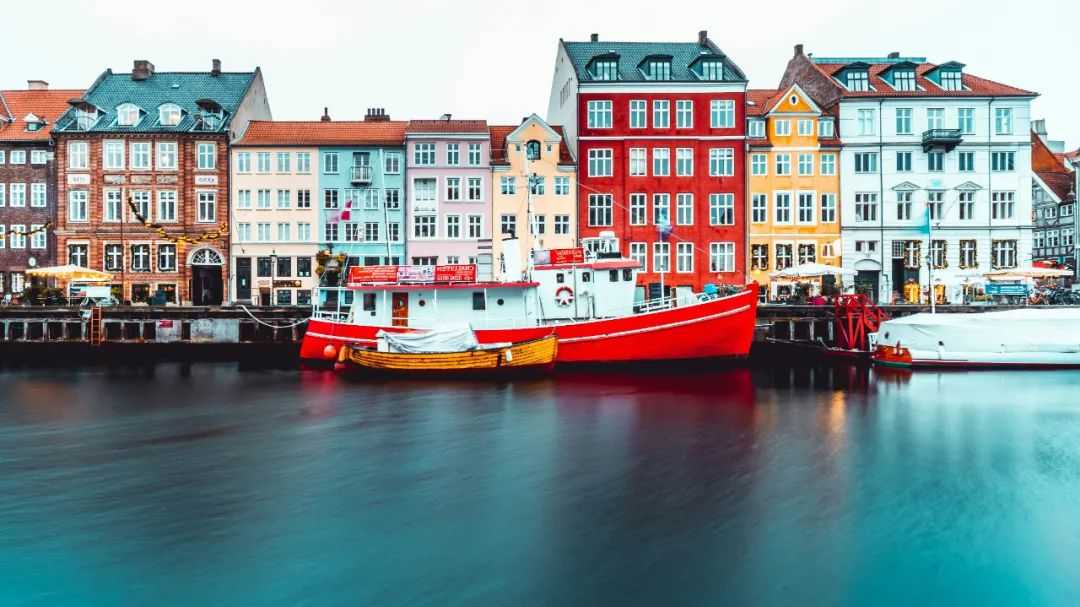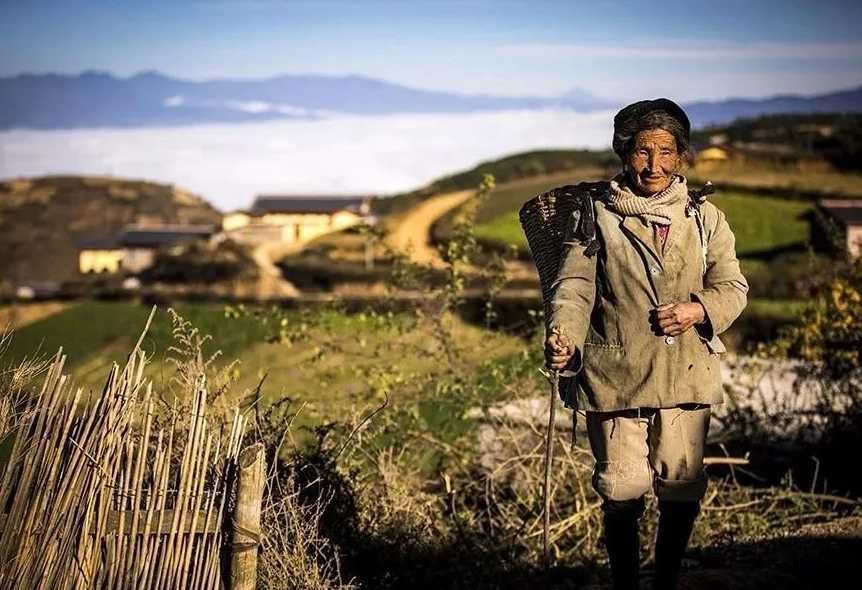
Denmark has a comprehensive set of family - friendly policies. According to the Nordic Cooperation website, for co - habiting parents, each is entitled to 24 weeks of paid parental leave after the birth of a child. If the mother takes leave before the due date, she can enjoy an additional 4 weeks of paid leave. Moreover, salaried employees can transfer up to 13 weeks of leave to their partners.
The Danish childcare system is also well - developed. Children can enter daycare centers when they are 26 weeks old, and parents are required to pay a maximum of 25% of the cost. This ensures that families have access to quality childcare services while reducing their financial burden. The government - subsidized daycare system allows parents, especially working parents, to better balance work and family life.
Denmark's parental leave and childcare policies reflect the country's emphasis on family values and gender equality. By providing generous leave and affordable childcare options, the government encourages both parents to actively participate in raising children. These policies not only contribute to the healthy growth and development of children but also enhance the well - being of families as a whole, making Denmark an attractive place for families to live and thrive.





